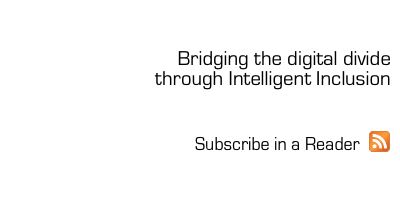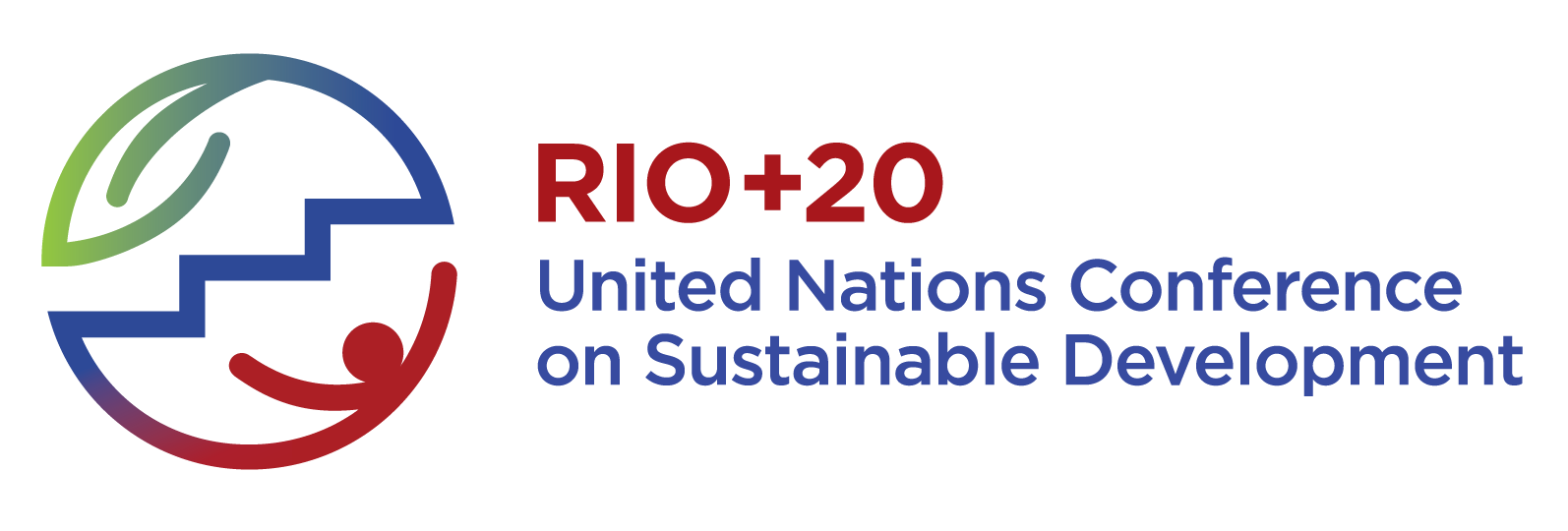RIO+20, one of the most respected environmental summit in the world, happened last week, but some discussions are not closed yet. Among the critical debates held, one is particularly related to this site: how ICT will help us not only to reduce our carbon footprint, but will also help us to reduce poverty and to secure that democracy is a right for all global citizens. I will address only the first part on this post, the other ones, later.
A brief note is necessary before moving forward. A few years ago I was introduced to an interesting research – social and economic impacts of technical change. This research, done by Carlota Perez, states that whenever a new technology is deployed, it starts by allowing improvements in efficiency: things are done faster, better and cheaper. It takes several years before smart people start to revolutionize everything, by, instead of incremental updates, using a different approach to solve the existing problems (for more information, check her book Technological Revolutions and Financial Capital). Typical examples are typewriting machines that evolved, until the personal computer came and changed everything. Horses replaced by cars, international calls replaced by Skype and other Voice over IP providers, and many more.
Now, looking back at the challenges that we had in reducing carbon footprint, we can see one that always prevented substantial changes: people have to commute to work, and in many cases, travel extensively. Solving the commute dilemma was not possible until now, working from a remote place had many hurdles. The first tool that changed this scenario a bit the was the telephone, but its limitations did not allow people to work well from home. We needed better technological advances to increase the amount of work that could be done remotely. And that happened in the last years of the first decade of this millennium.
Fast computers along with fast and more reliable data networks allowed the explosion of applications that we are now using to work remotely. Let’s see some of them that you are likely to be using now. Email was the first application to go really remote. Webmail initially, followed by email access in smartphones, connects us 24 hours per day. Moving to the next step, we needed solutions that allowed us to use our corporate files and software, like SAP, SAS or any Enterprise applications. That is the purpose of the Virtual Private Network (VPN) solutions. When you combine it with a decent broadband connection, it seems that you are in the office. Next on the list was the need to communicate well and cheap. That was solved by instant message solutions like MSN, ICQ, combined with voice applications like Skype, Google Voice that work even in mobile phones. Seeing a person’s image was always a demand and Video Calls that were once peer to peer, are now allowing connections from one person to multiple users: Webex, WebCast, Go-to-meeting. Last year I did several presentations from my office to over a hundred people. It was so effective that in the last twelve months I only travelled a couple of times, while, in previous years, I did that extensively. With all this technology available, I was doing home office once a week, reducing my emissions of CO2 by 20% during the workweek. And, on top of everything, I was closer to my family. While this is not yet a reality for the majority of the employees in the world, things are already changing. The global crisis, despite the obvious significant problems, is actually helping on this topic: travel budgets have been slashed in almost all large companies and employees are using creative ways to work with peers in other cities and countries.
Another topic in the environmental agenda that we can see a strong influence from ICT is the engagement of people in the environmental agenda. Just see how much information about global warming, recycling and car pooling, just to name a few, is flowing through the social medias, how many videos are created, and more importantly, how many people are engaging in the discussions. Hot topics like the Brazil’s Belo Monte have posts every week, pros and cons, in facebook, twitter, even LinkedIn. My kids are using the Internet to learn about green issues – last year I participated in a nice effort sponsored by Ericsson, where kids from Sweden discussed these topics with kids in Brazil over a telepresence meeting. Adding to this, this week U.N. Secretary General Ban Ki-moon recorded a video asking the new connected generation to use more social media to spread the message.
And you, how have you used the Internet to engage with the environmental issues?
Cheers,
Caetano Notari
Recommended additional reading
What is the status of global digital inclusion – global data showing the current numbers on digital inclusion
Why is digital inclusion essential? – quick analysis in the importance of digital inclusion



{ 0 comments… add one now }
You must log in to post a comment.
{ 1 trackback }